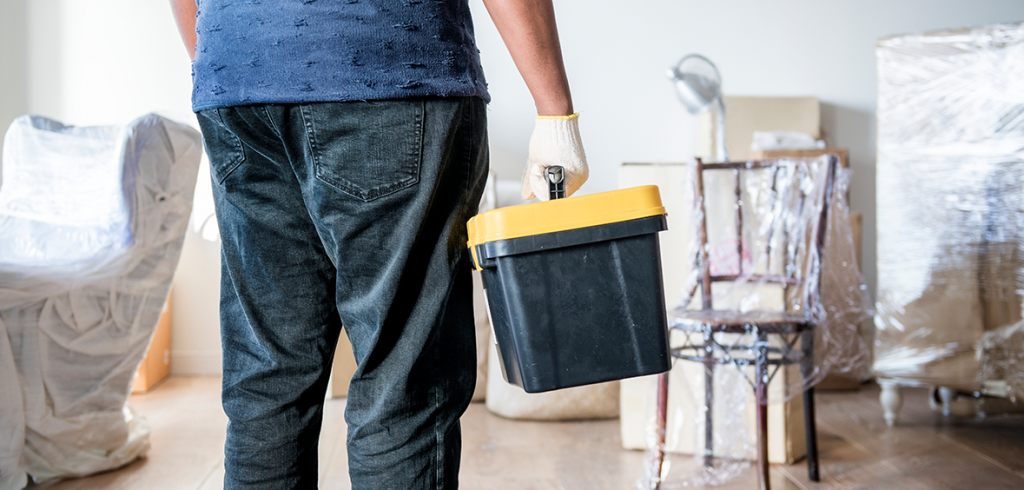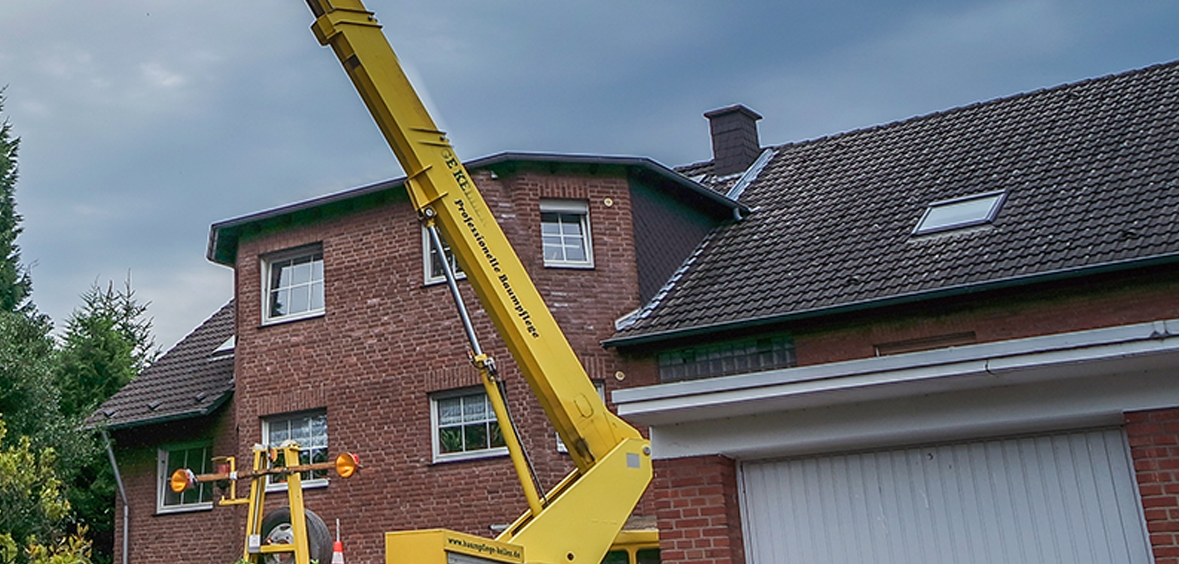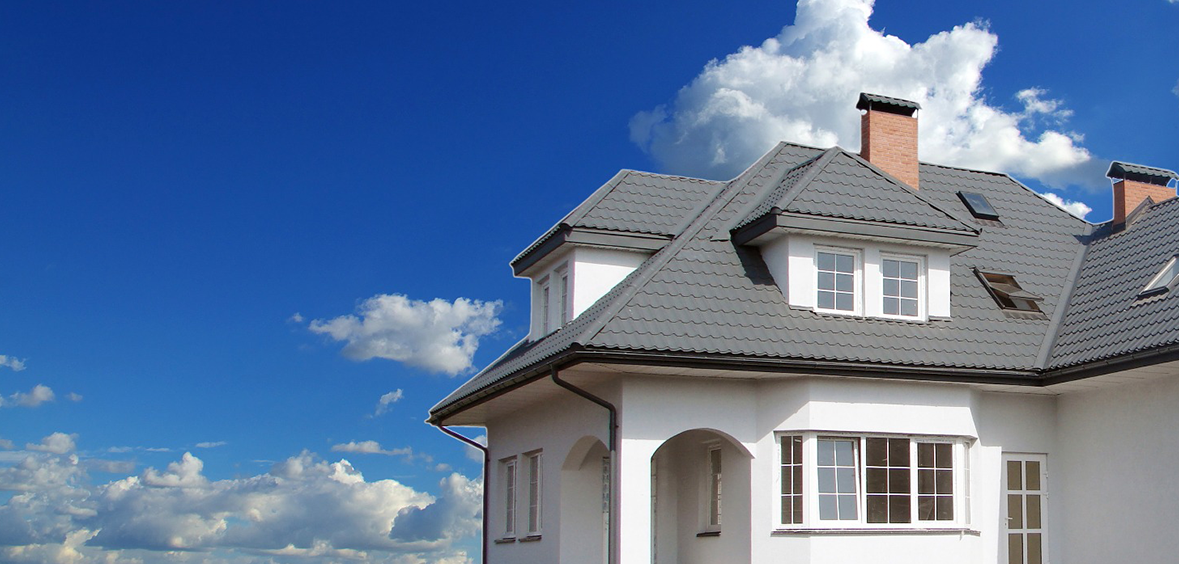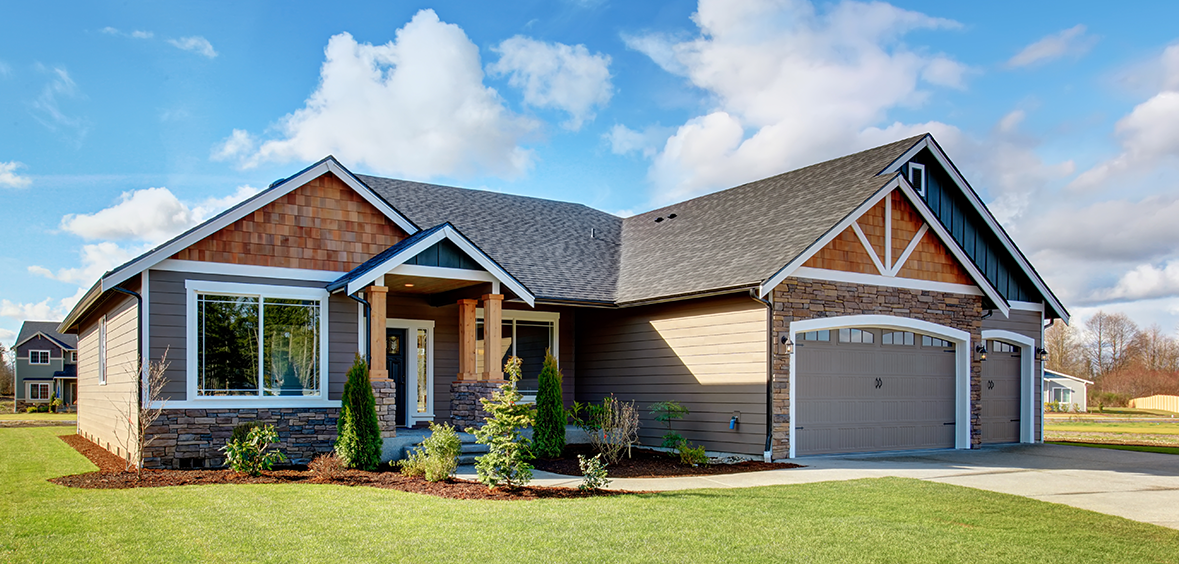Without a roof, even the nicest house is uninhabitable.
Follow These Steps to Remodel Your Roof
Signs You Need
A New Roof
Roofing Material
Options Overview
Roof Repair and
Replacement
Options
Final Tips
Asphalt Shingles
Metal Roofing
Hiring A Roofing
Contractor
Roof Ventilation
An essential part of your roofing structure is the ventilation. This is what prevents damage from excess heat and moisture. There are a few different types of ventilation, all good for different homes and roof lines:
Ridge Vent
For this vent, you will have to have soffit vents. With your ridge vent, the gap that occurs at a peak will be covered but still allow heat and moisture to escape. This can also be covered in shingles, so long as they don’t impede the function.
Soffit Vent
The ideal for every soffit, or the area under your eaves, is to have perforating. But if your soffit was built without perforation, vents will need to be installed. These are great at allowing fresh air to come into your attic, displacing any moisture and heat that builds up.
Gable Vents
If your home has two gabled sides, this is an especially desirable form of ventilation, namely because it allows cross breezes to move the hot air and moisture away from your attic.
Roof Vents
All homes will do well to have additional ways for heat to escape the attic space. Roof vents are passive vents, turbine vents, and vents with a fan, that pull heat and moisture out and away from the attic.
Attic Insulation
While your attic should be as cold as the air outside, the right amount of insulation can help lower the energy lost and the cost of running your HVAC system. More importantly, attic insulation will prevent ice dams.
An ice dam occurs when warm air is trapped in the attic, eventually heating your roof enough to melt any sitting snow. As the snow melts, the water runs down to the eaves, which are unheated. The water then freezes, creating a literal dam of ice on your roof. Along with adding a considerable amount of weight to the roof, this can ultimately lead to water damage, mold, and leaks.
At less than $1.50 per square foot in most homes, attic insulation is a definite consideration all homeowners in colder climates should consider. That cost will be gained in energy savings and typically it will pay for itself within 5 years.




